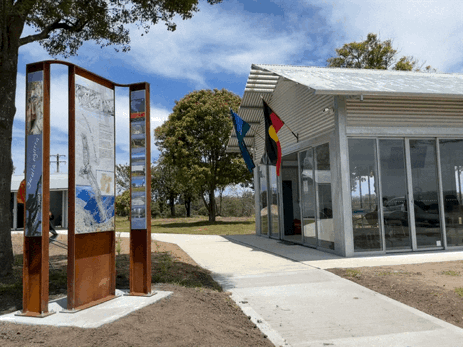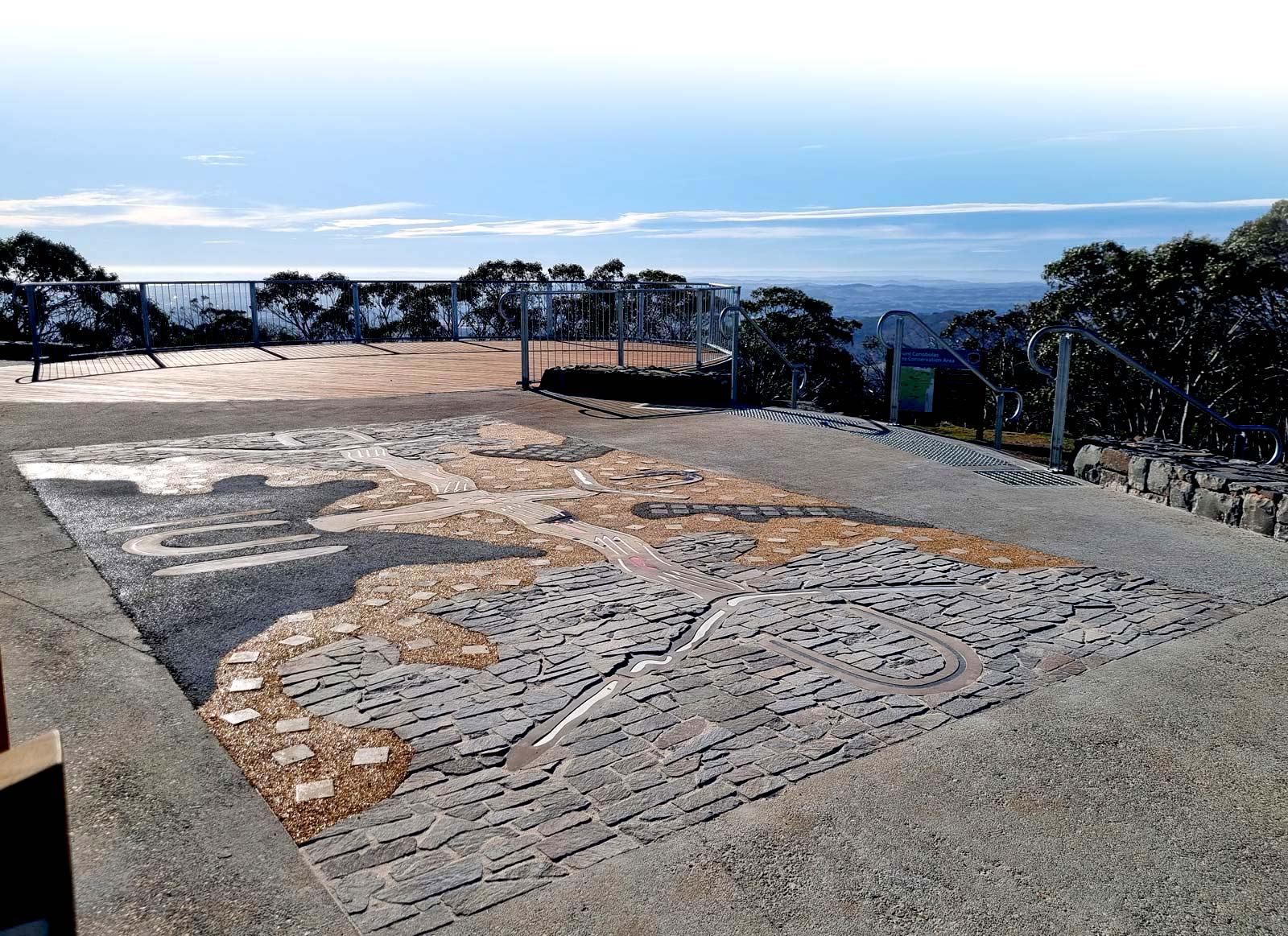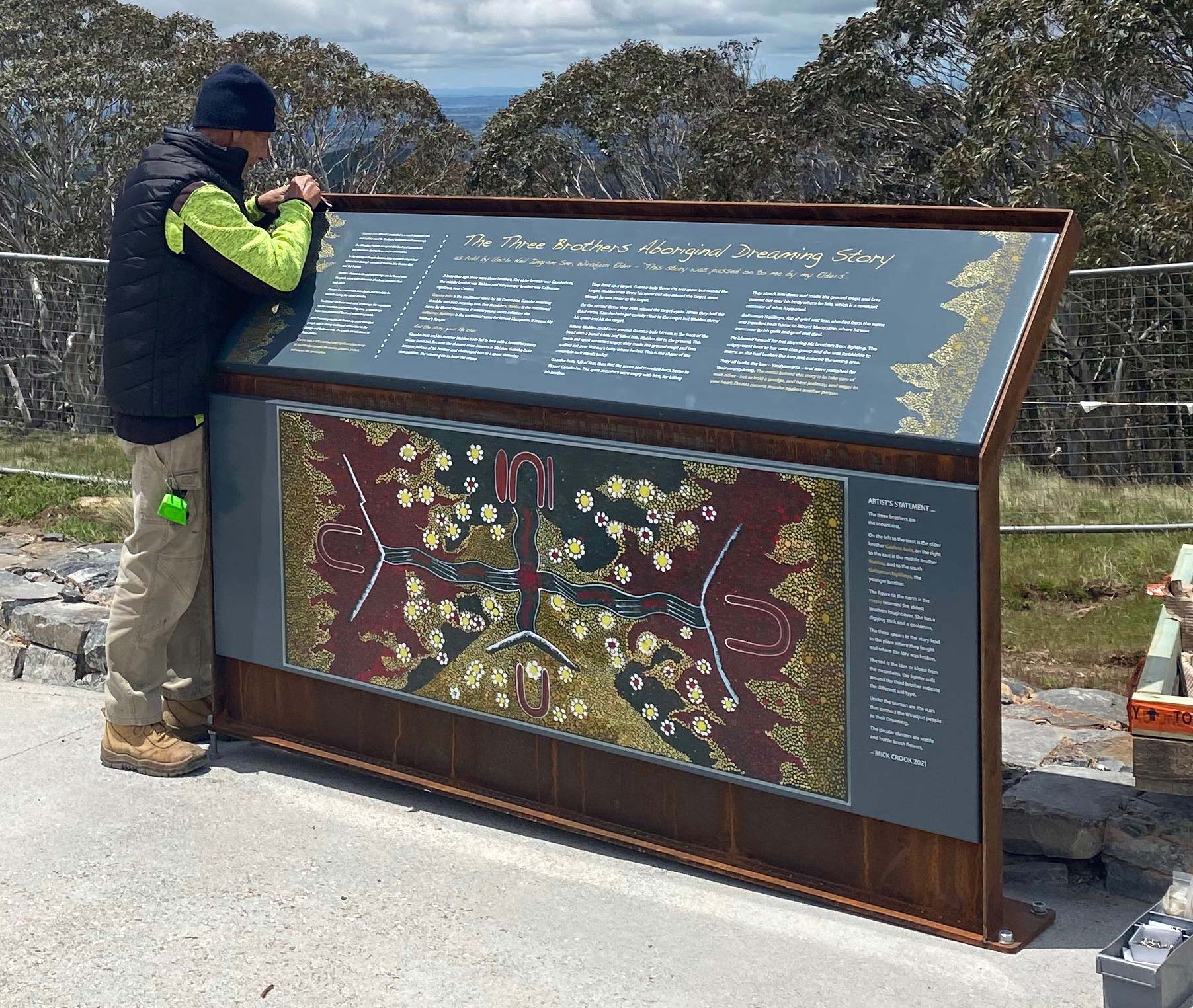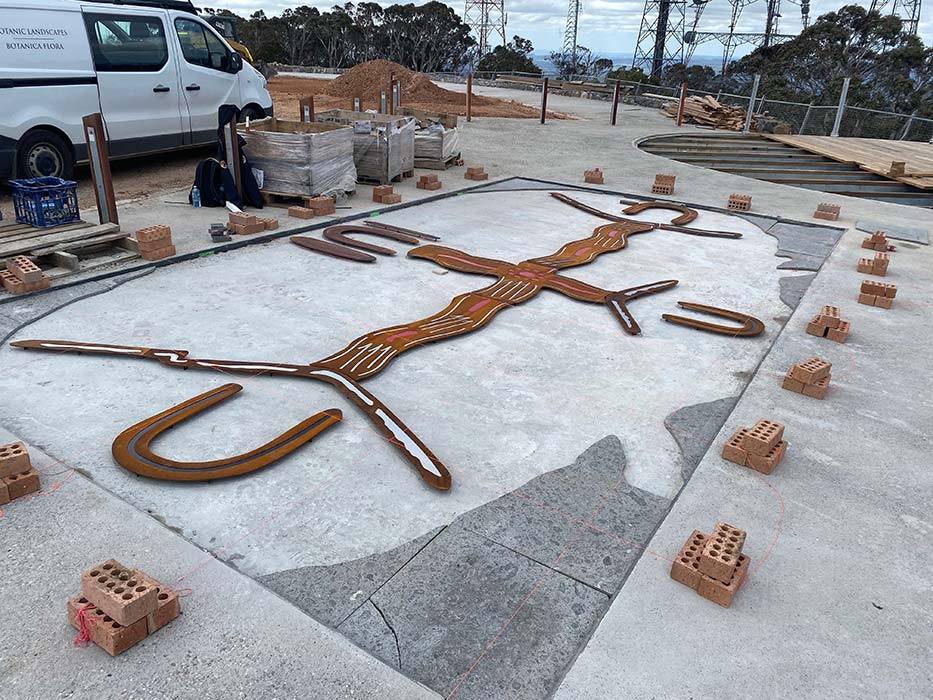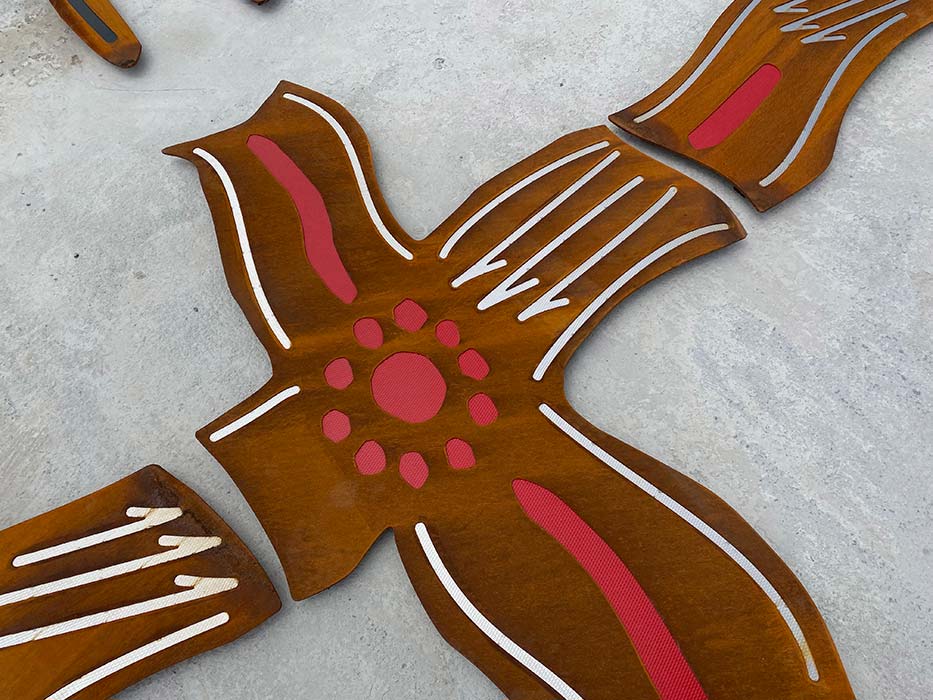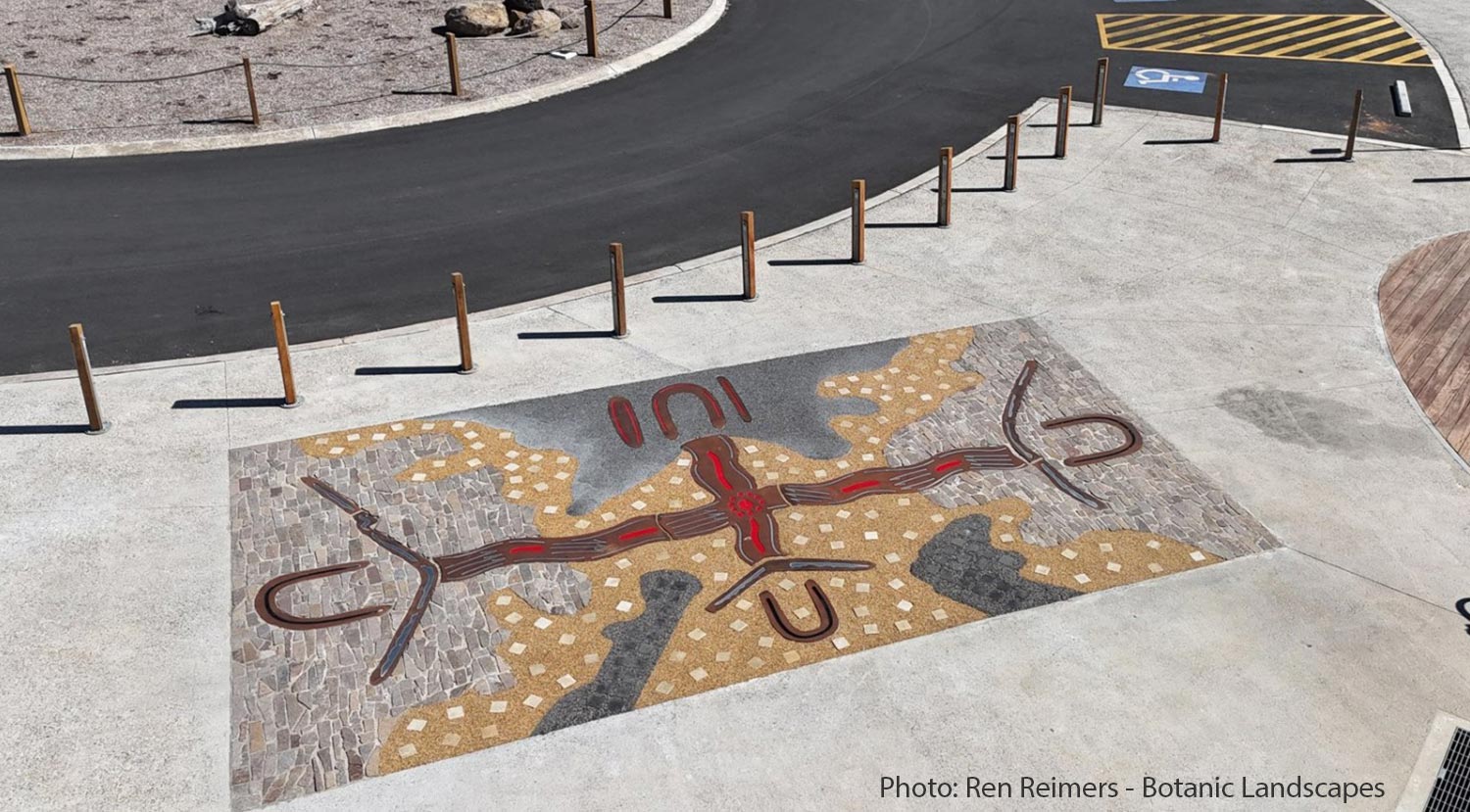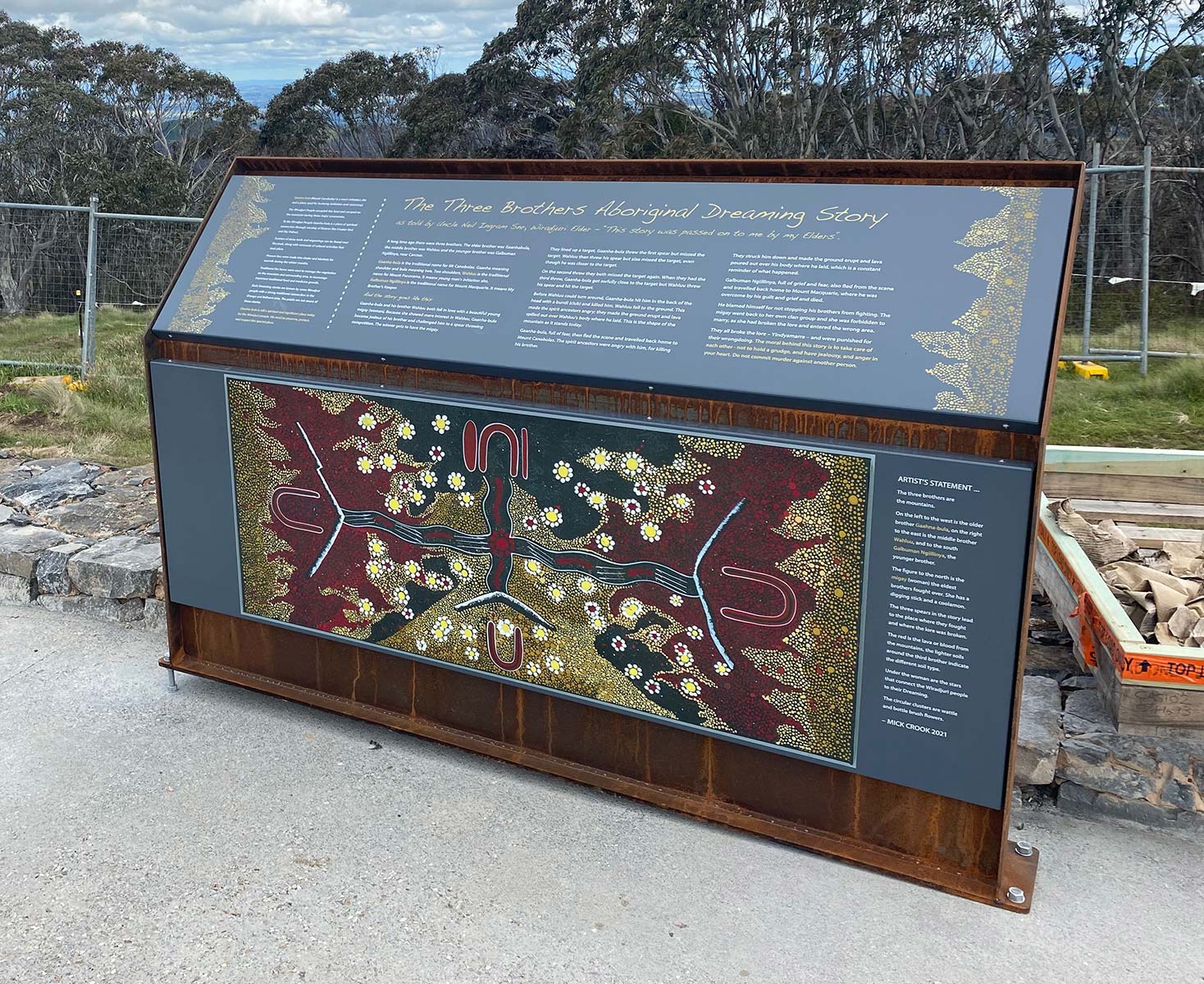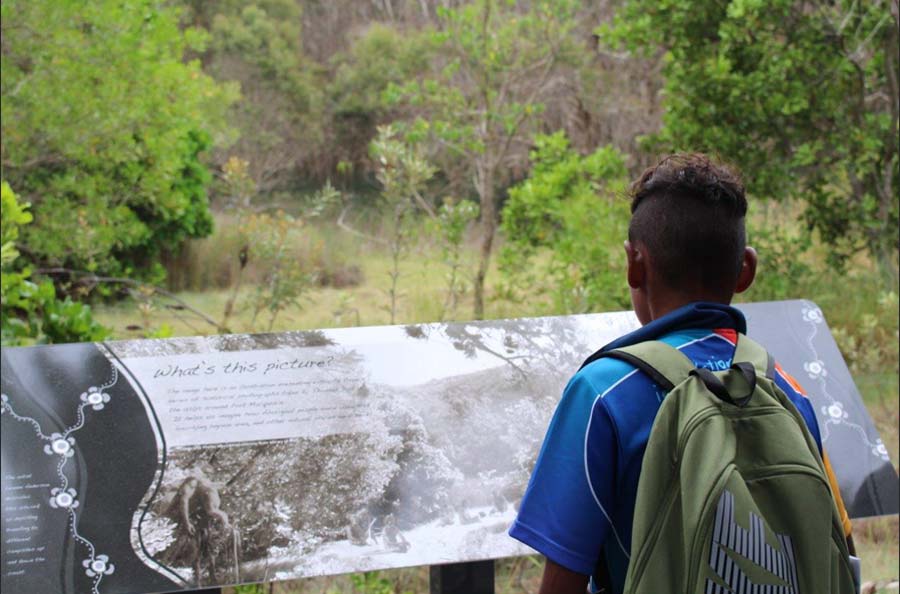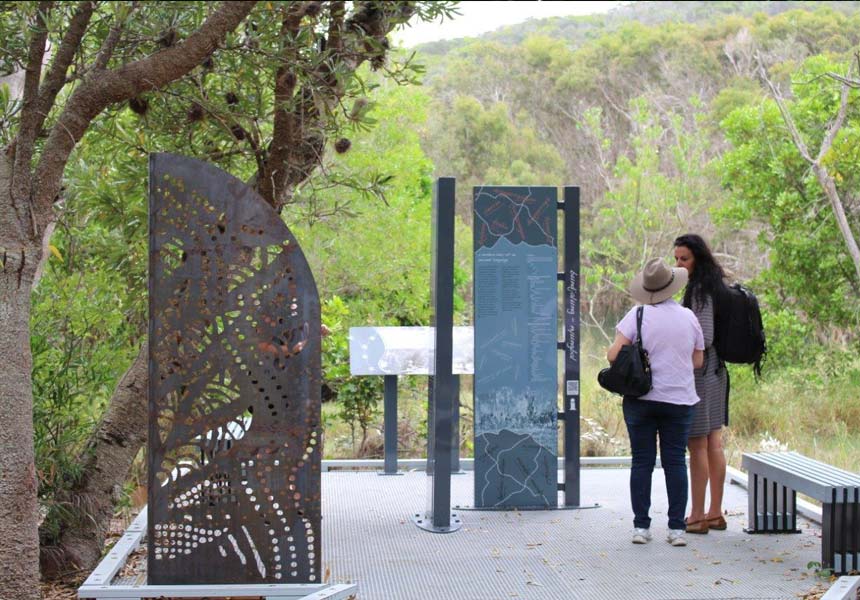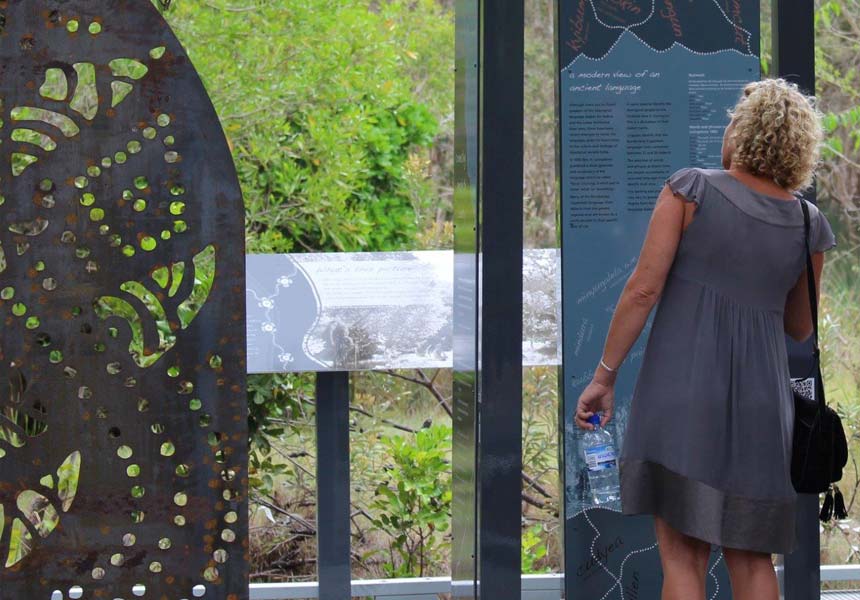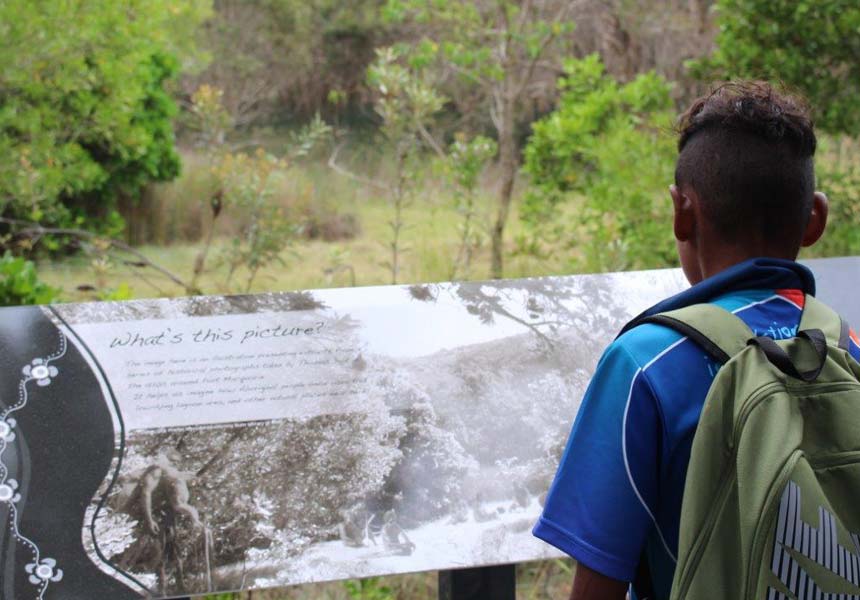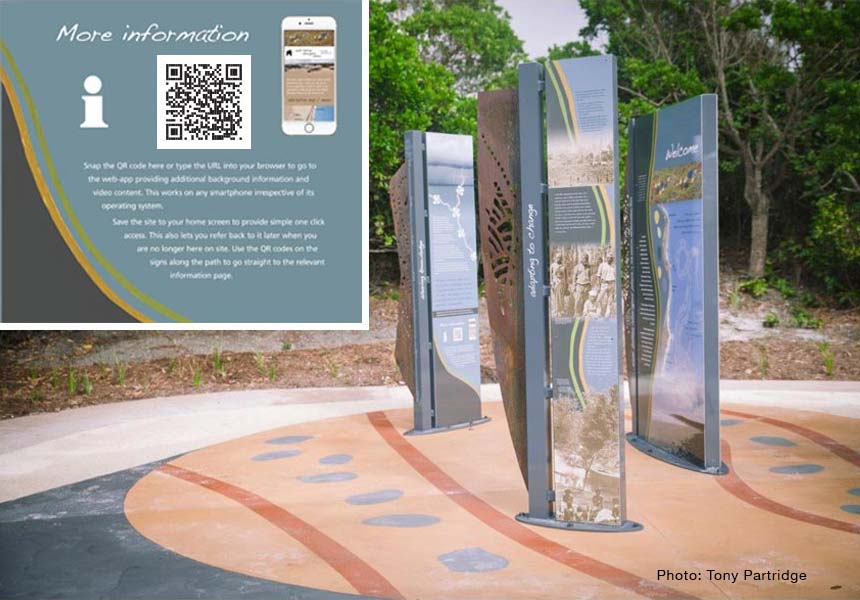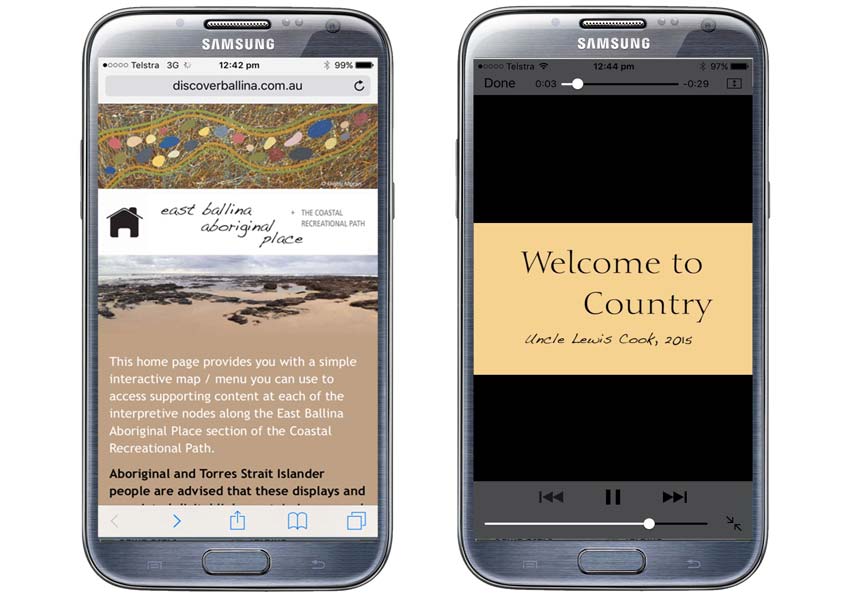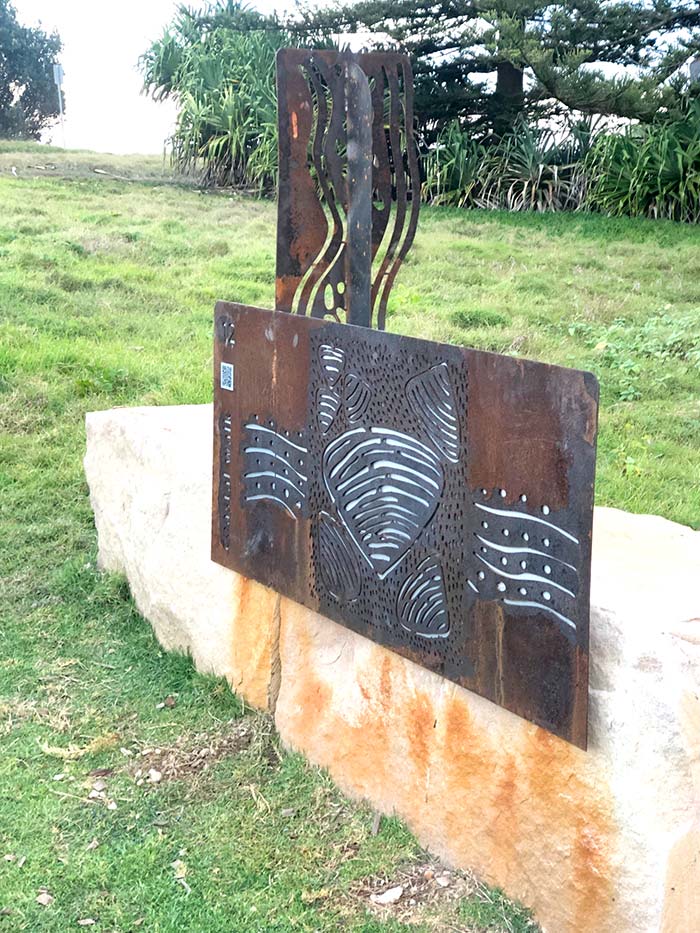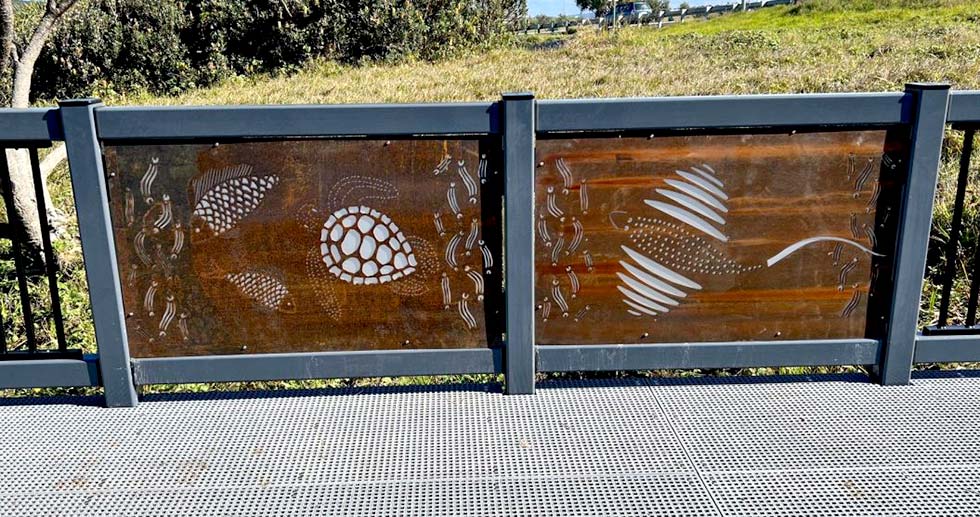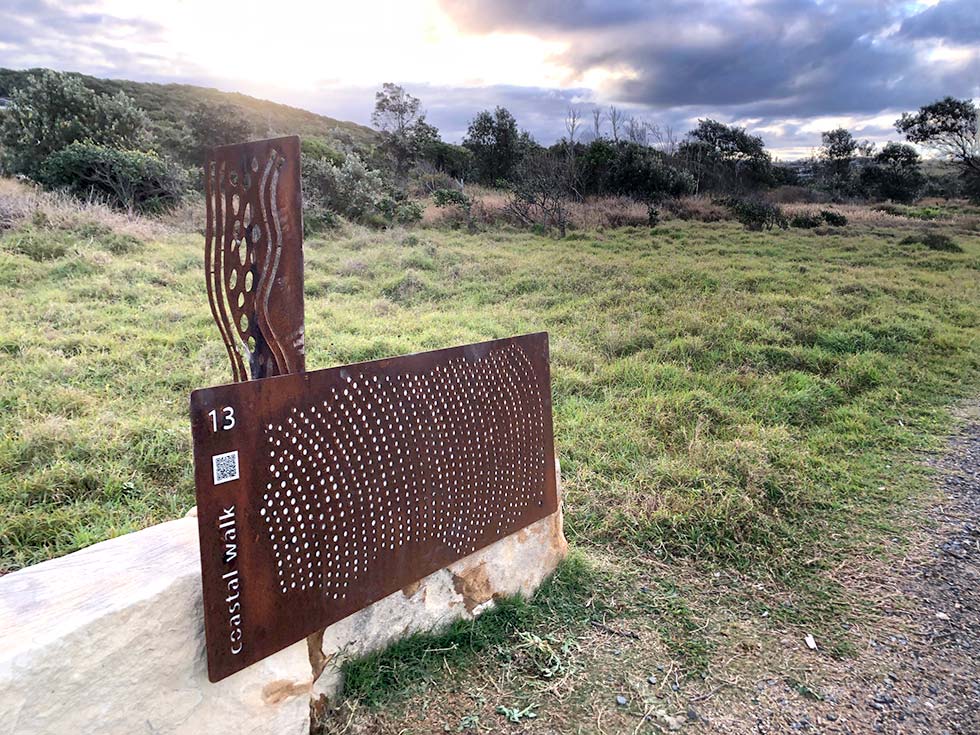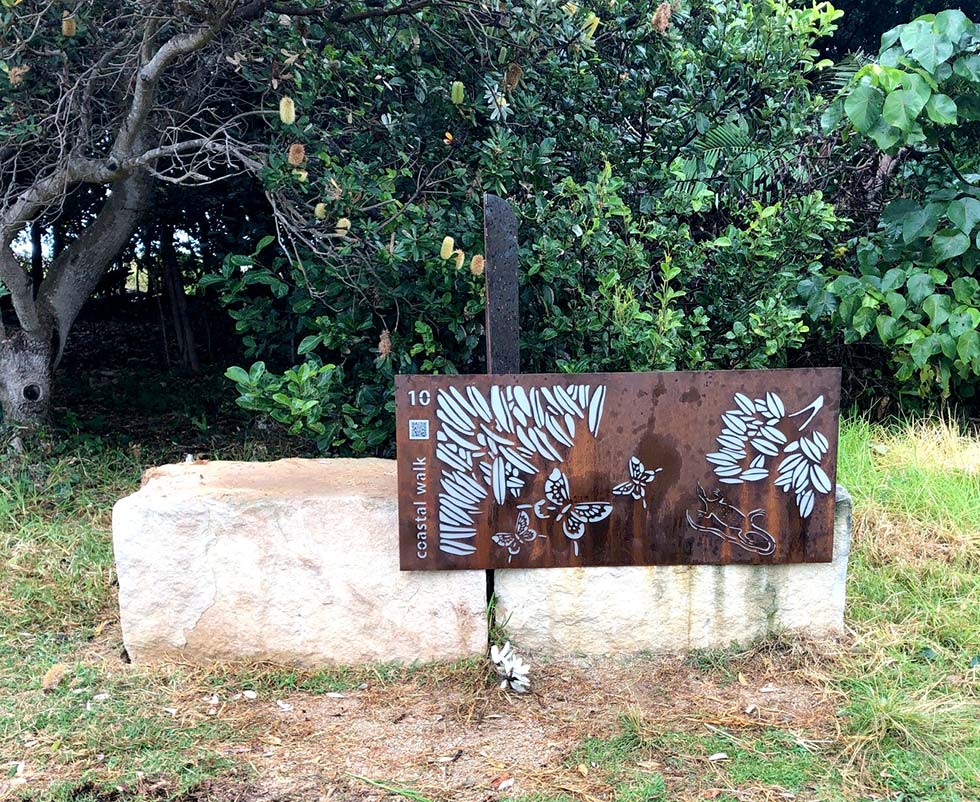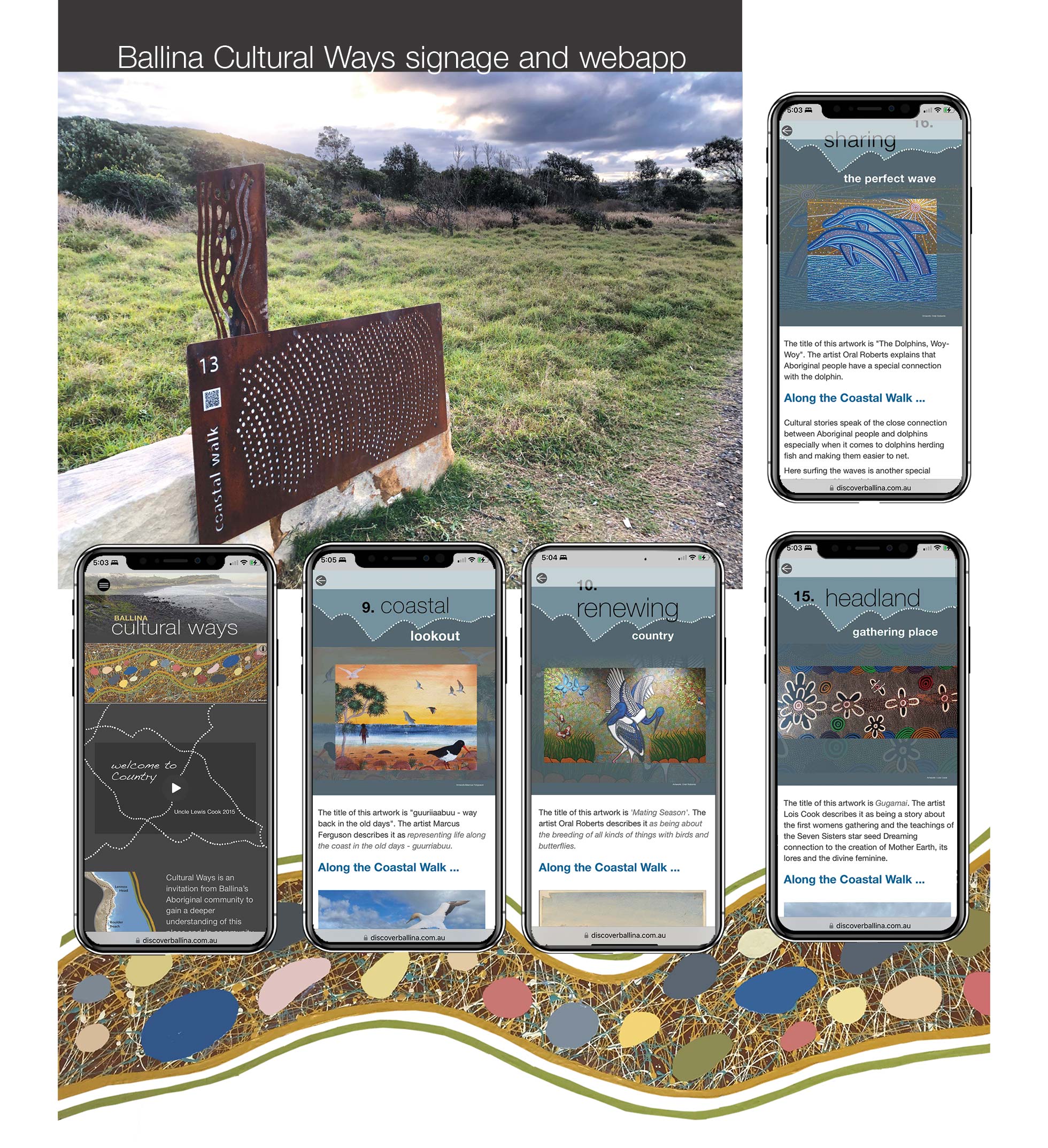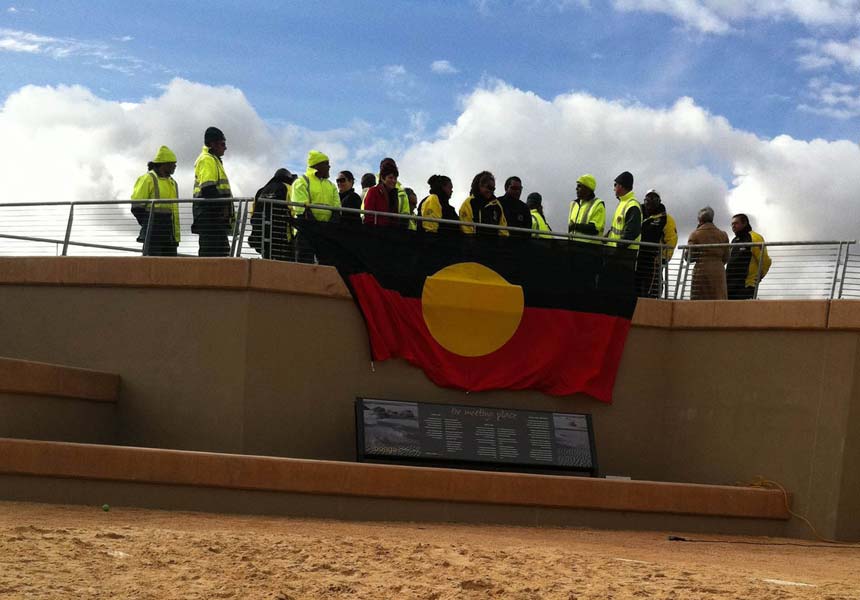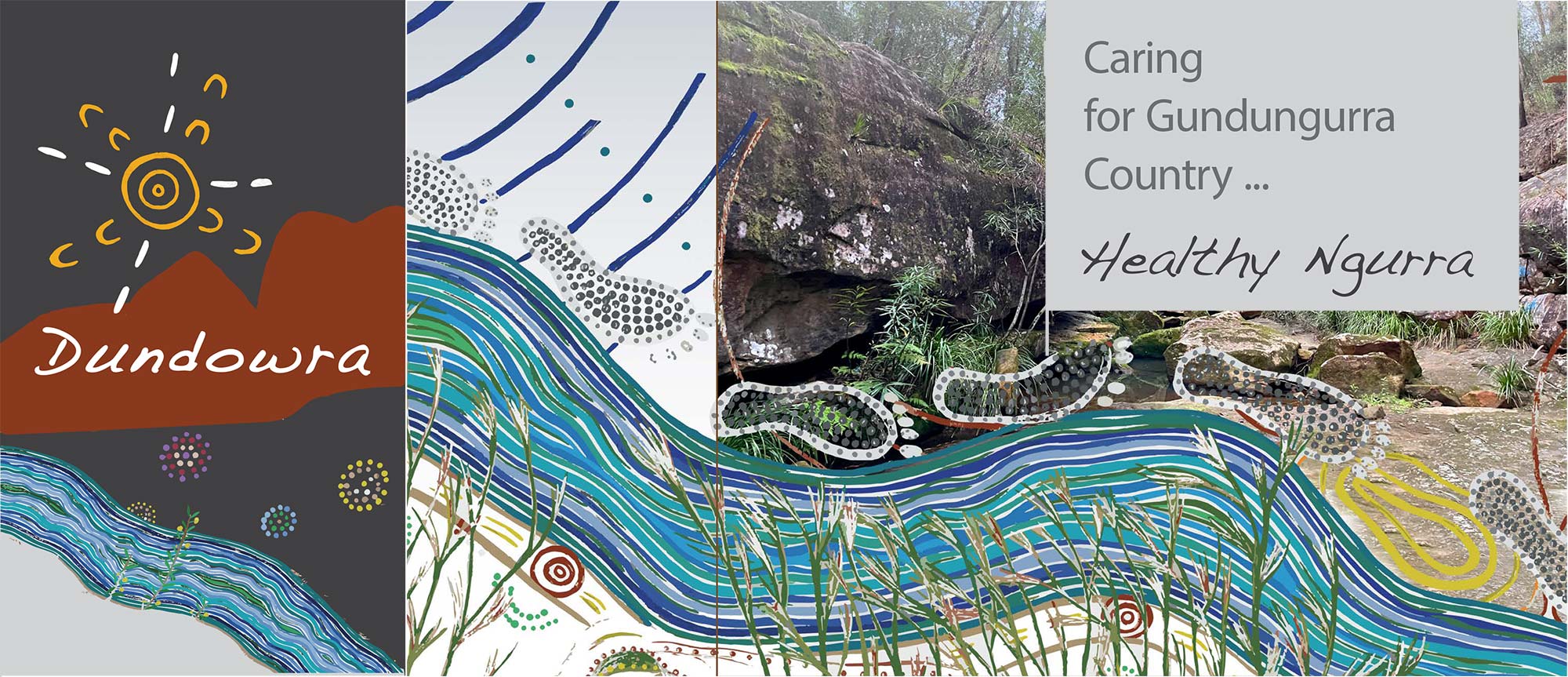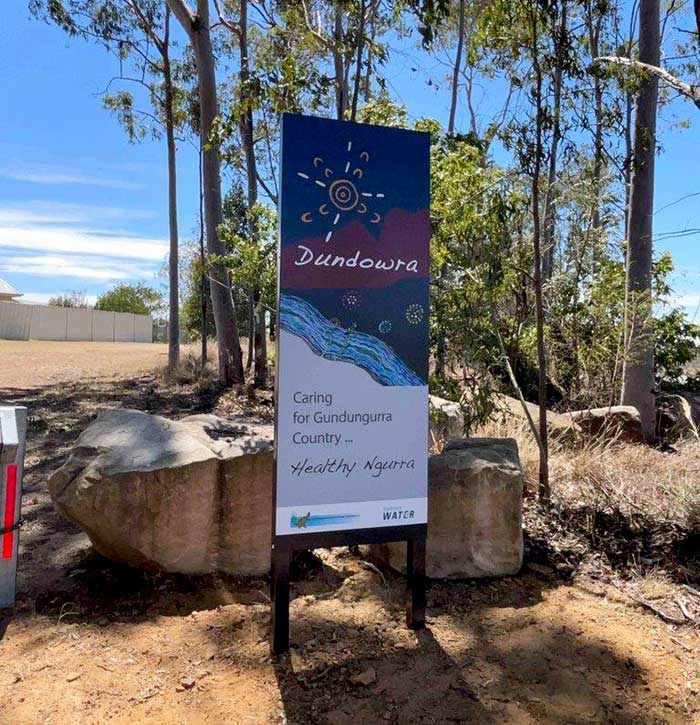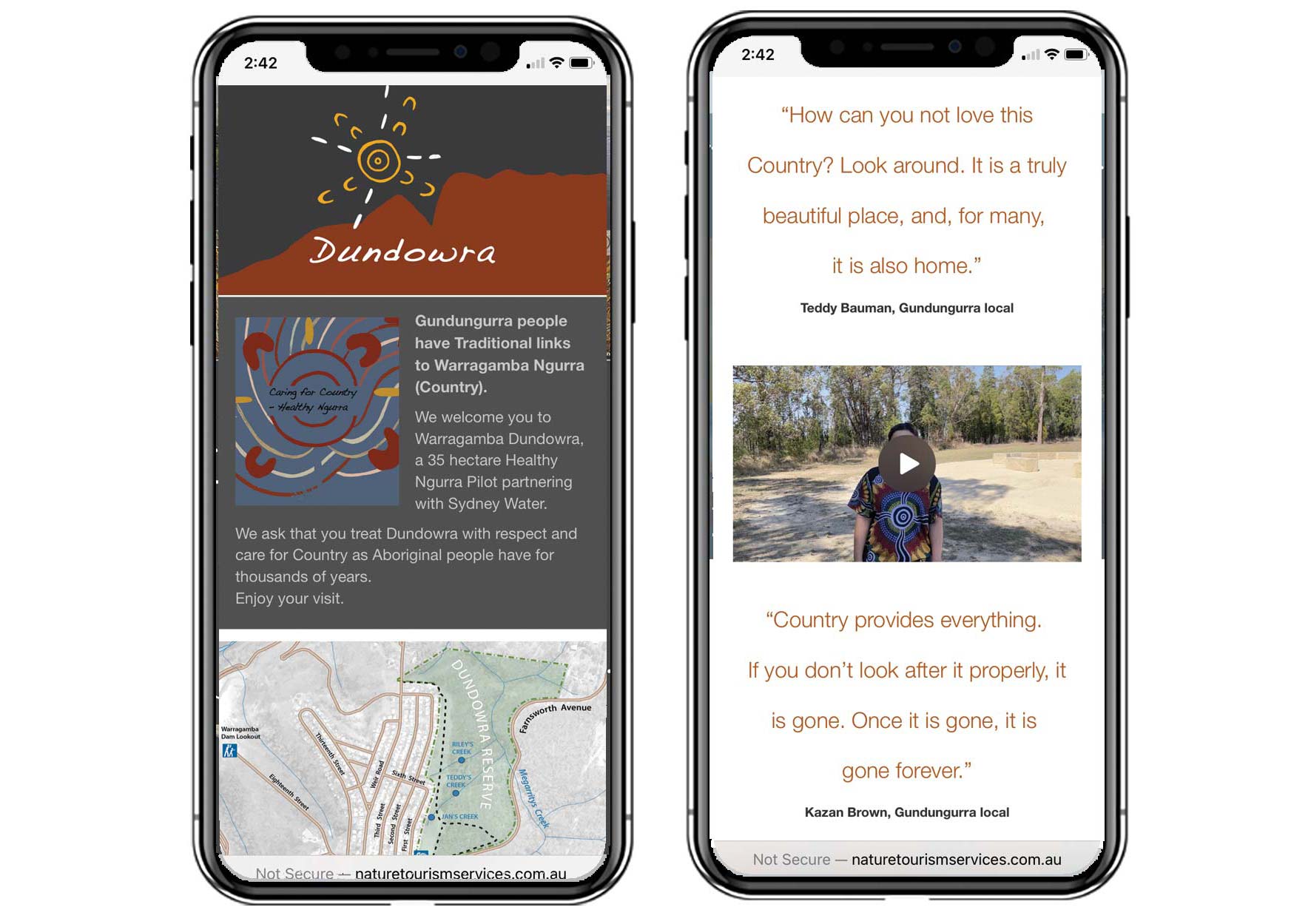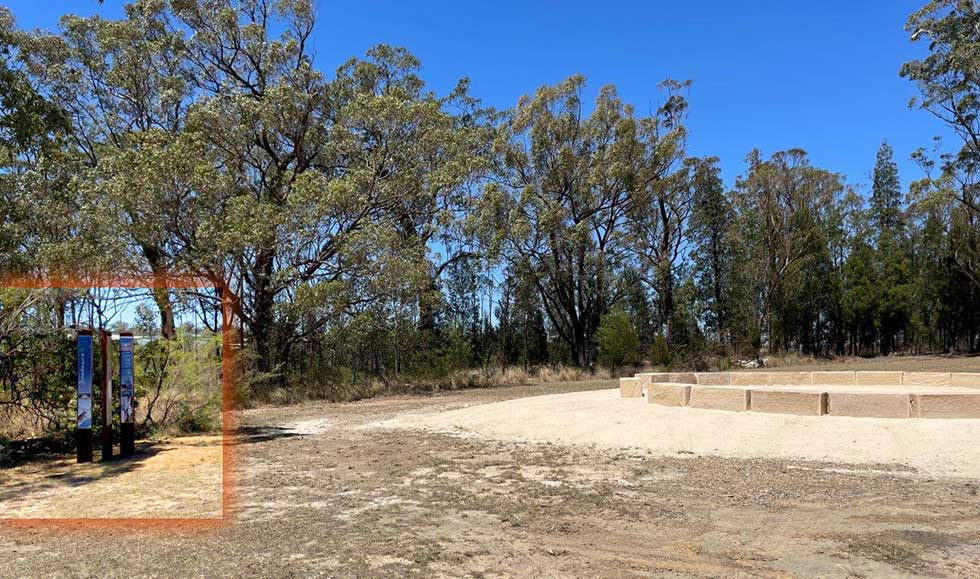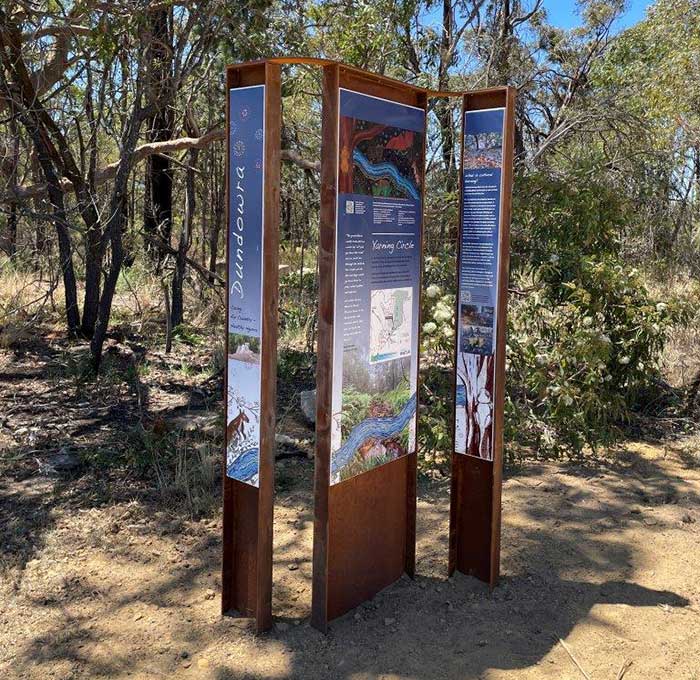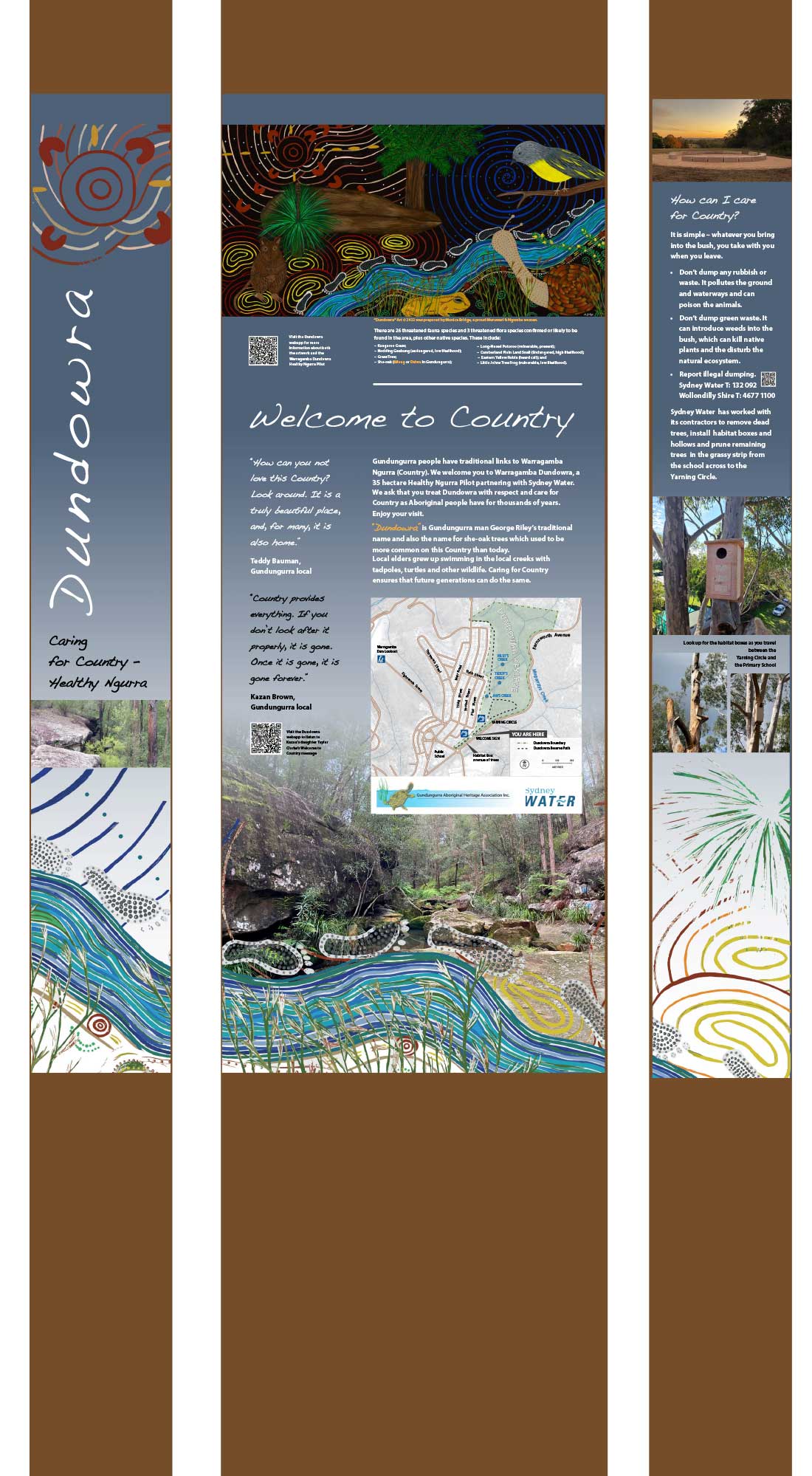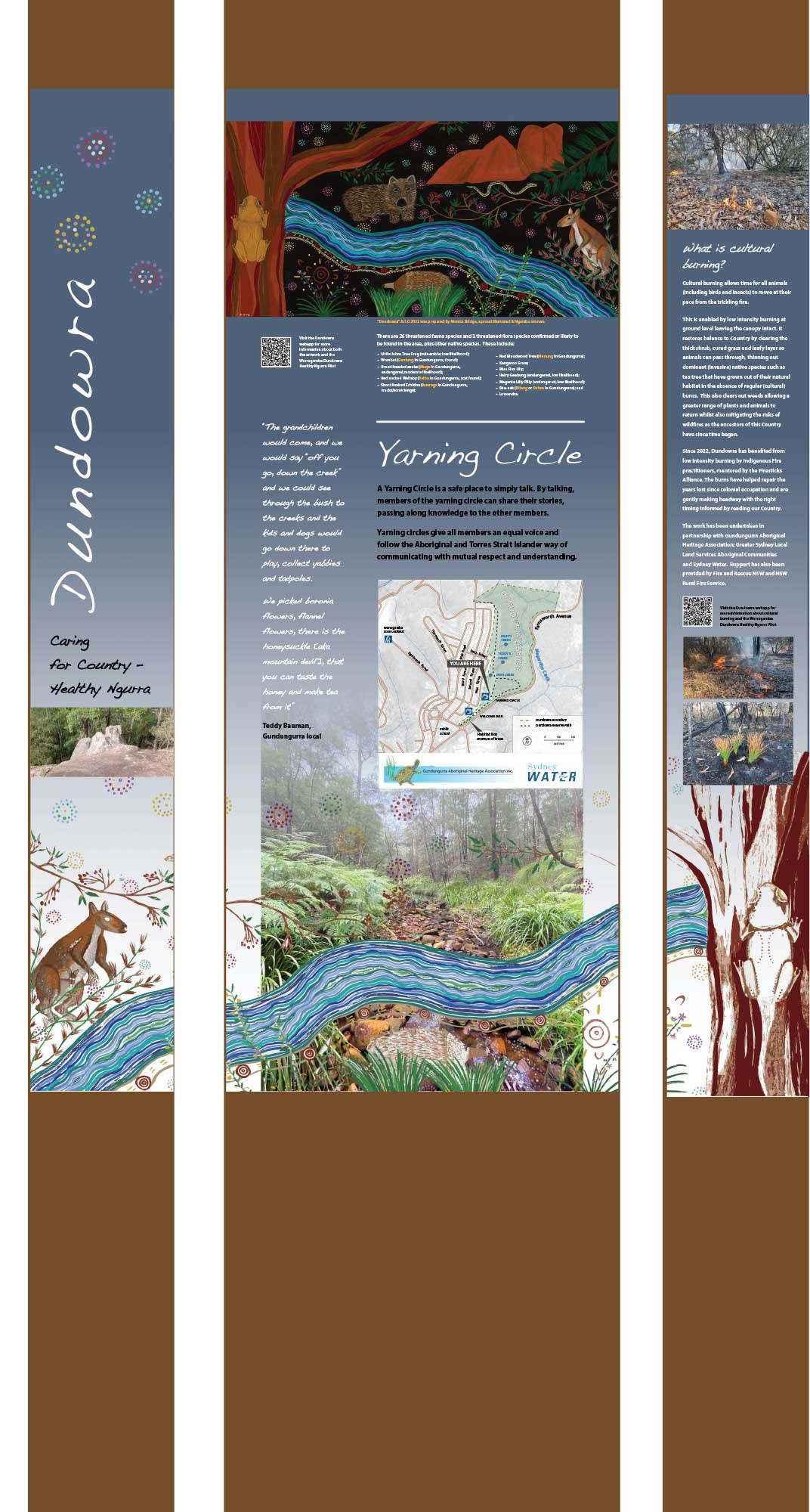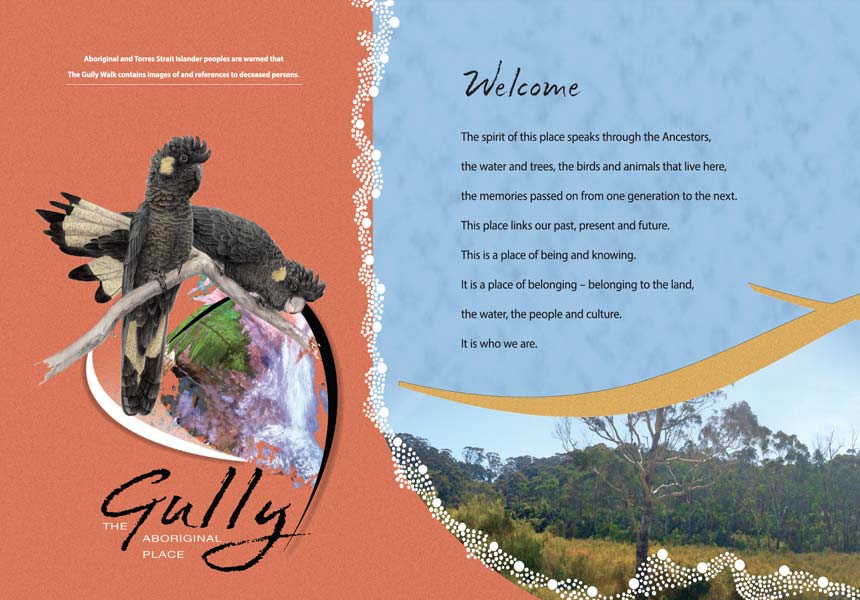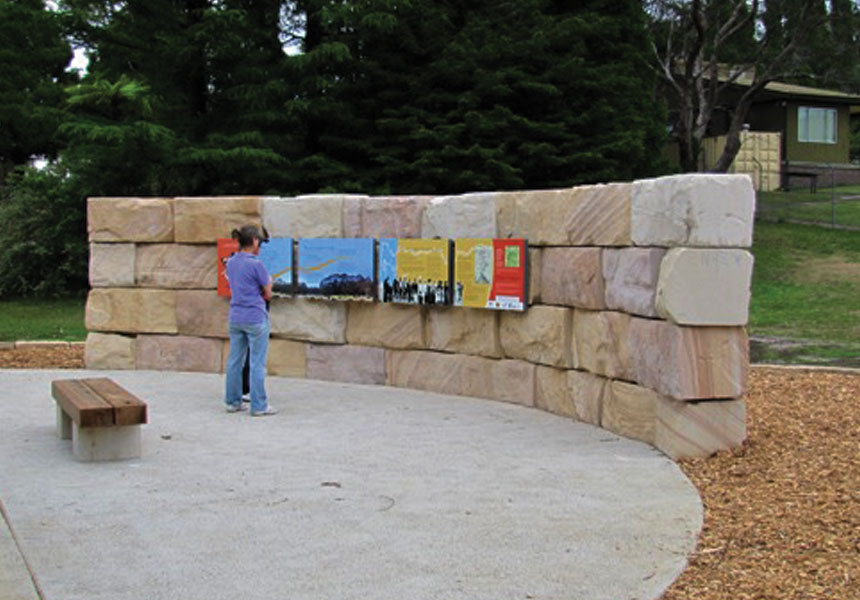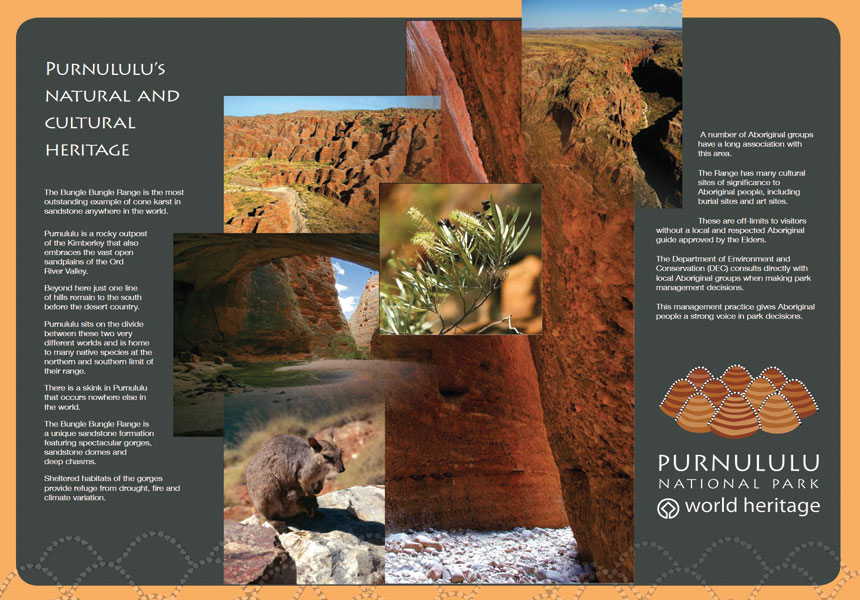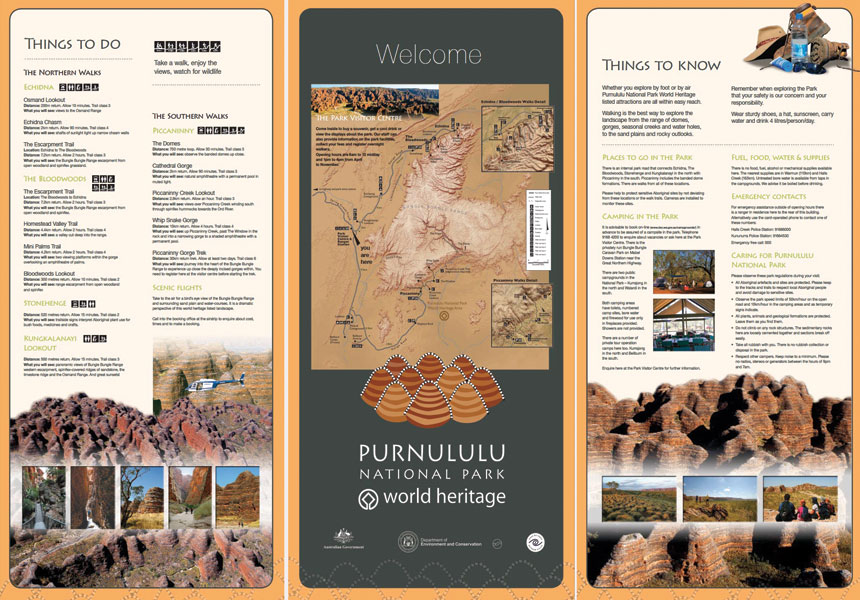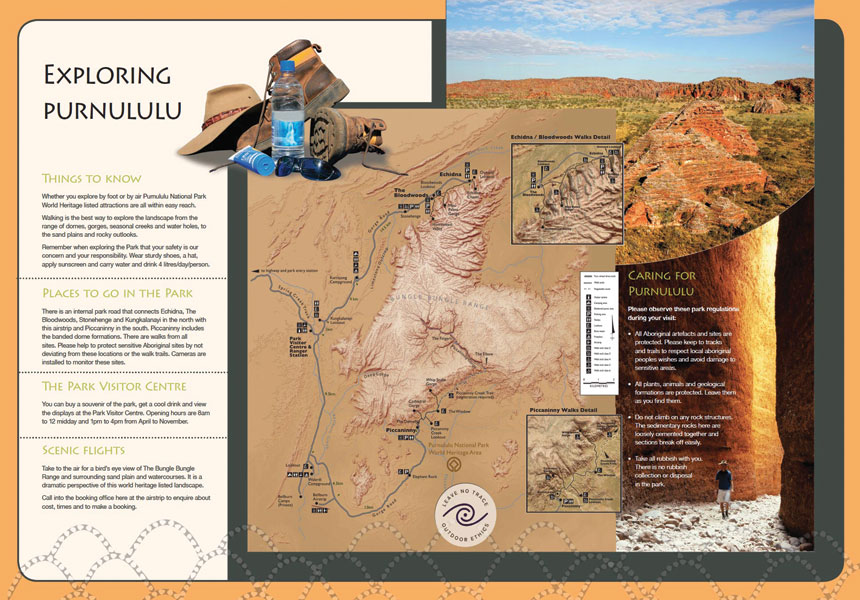There is a single thread that runs through all of the project work we have been involved with regarding First Nations Peoples' cultural heritage interpretation.
That is the desire of Aboriginal and Torres Strait Islander groups to protect and nurture the stories that sustain their connection to Country and to ensure their children grow up strong in their culture.
All other issues in relation to interpretation projects in this space run a distant second to this central premise.
A feature of First Nations Peoples' interpretation projects is the way in which teamwork is always a central ingredient to a successful outcome.
Our involvement typically comes on the back of extensive community collaborations and consultations that have brought a project to the point where both funding and a commitment to proceed have been obtained by the key stakeholders.
Our task is then to work in with these existing networks to deliver the outcomes they envisage.
This requires an ability to quickly and seemelssly integate into the project team in a way that introduces both the required vision and expertise whilst ensuring this is always in accord with stakeholder wishes and expectations.
Working with original First Nations Peoples' artwork to enrich interpretive designs can provide a vital way of grounding the overall message suite on its indigenous cultural heritage foundations.
